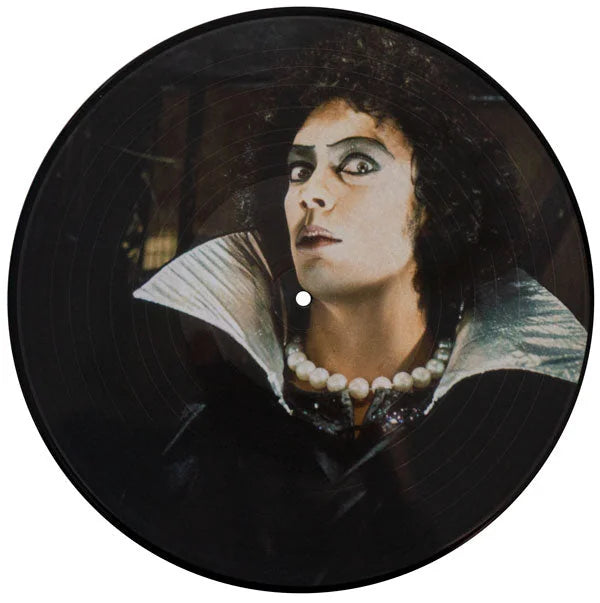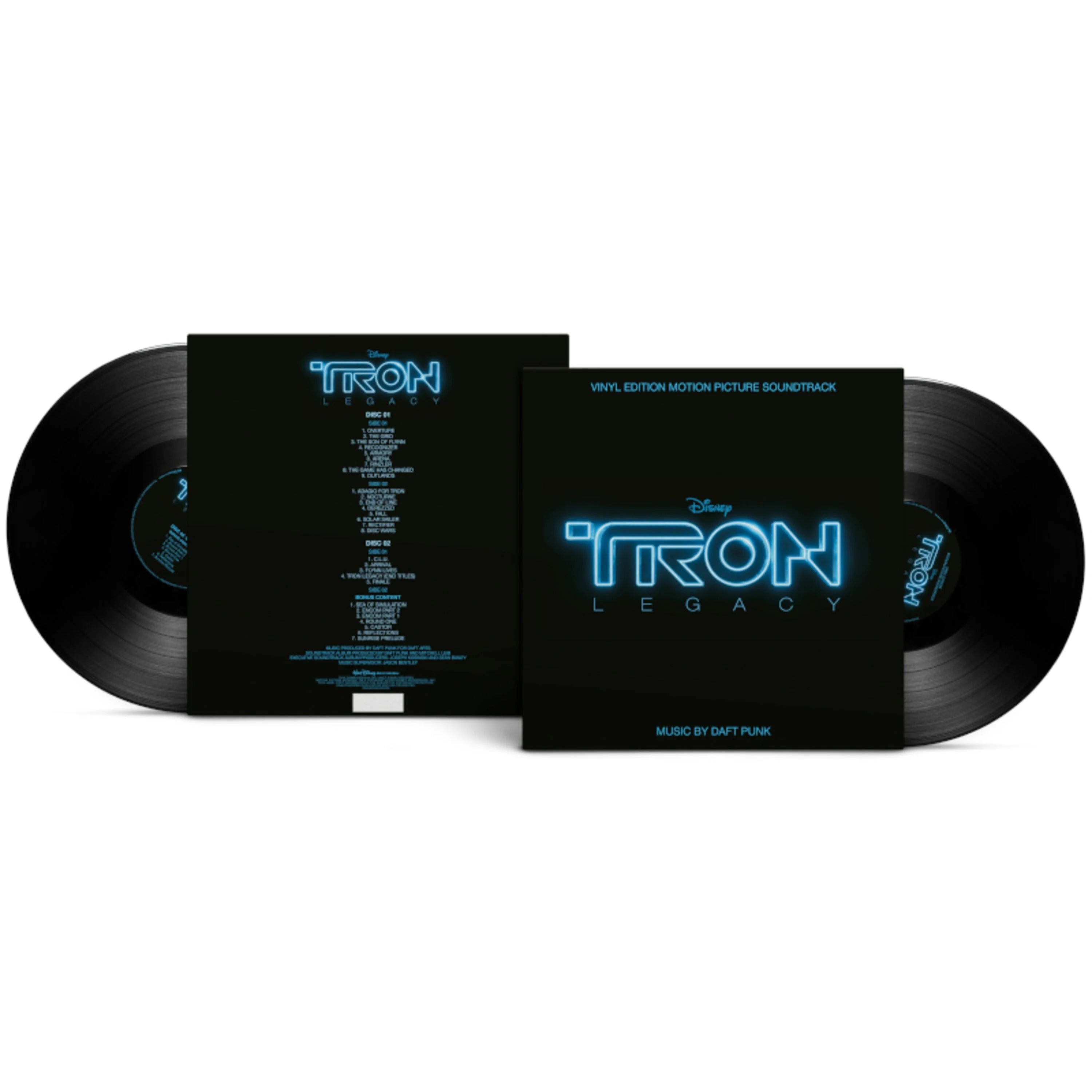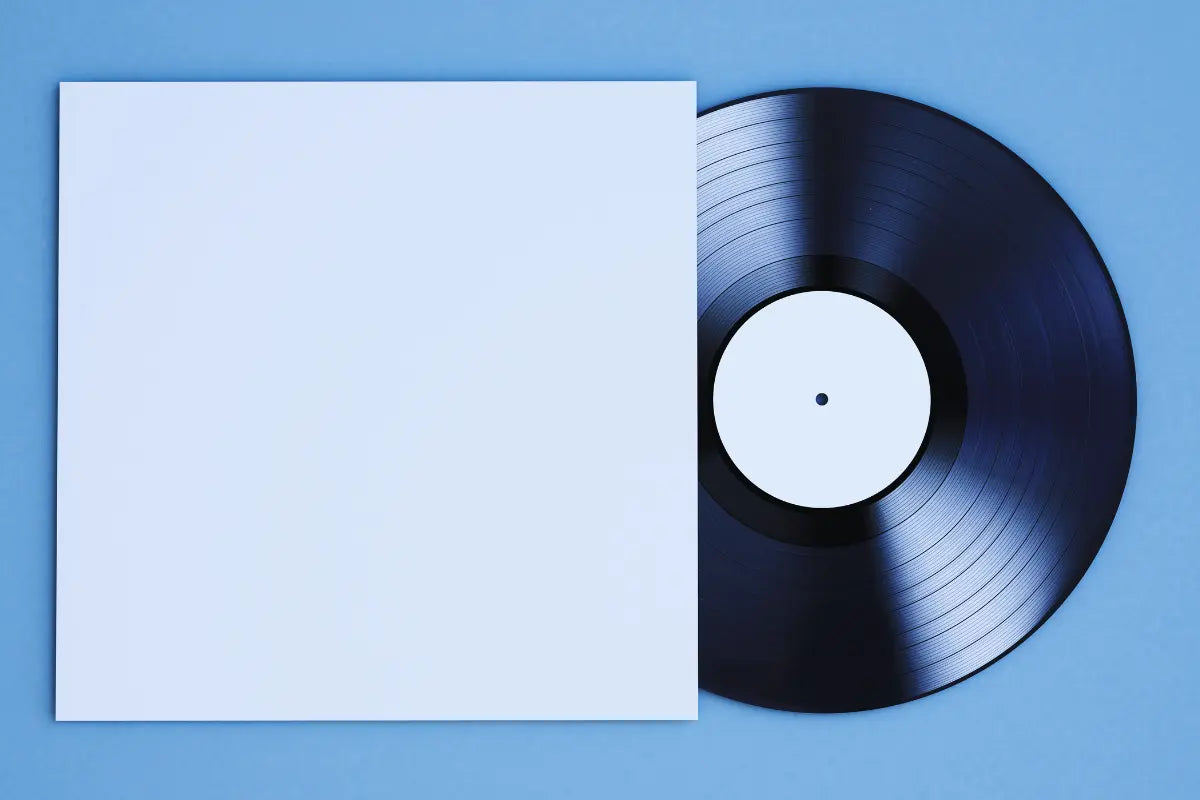Cleaning vinyl records safely is not just about maintaining their shiny appearance; it's crucial for preserving their sound quality. Over time, dust, dirt, and other particulates can settle into the grooves of the records. Regular vinyl record cleaning ensures that these unwanted noises are minimized and the audio quality remains crisp. Moreover, clean records are less likely to cause wear and tear on your turntable's needle, extending its life as well.
The Importance of Vinyl Record Maintenance
Audio Quality and Longevity
Contaminants can degrade the record's surface. By implementing regular and careful maintenance, you can protect your records from such damage and keep them sounding as crisp and clear as the day they were pressed. A proactive approach to vinyl record care enhances your listening pleasure and sustains the records’ value for years to come.
Preventing Damage from Dust and Debris
Cleaning records without scratching them involves regularly removing these particles to prevent damage. Utilizing a soft anti-static brush before and after each playback ensures it does not affect the record’s quality or cause undue wear on your playback equipment, maintaining the pristine condition of your vinyl collection.

Enhancing the Value of Your Collection
For collectors, vinyl record maintenance goes beyond mere aesthetics; it directly impacts the collection's market value. Well-maintained records are more desirable in the resale market, fetching higher prices than their poorly maintained counterparts. By keeping your records in excellent condition through proper cleaning and handling techniques, you enjoy a superior auditory experience and ensure that your collection remains a valuable asset. This aspect of vinyl collection is particularly significant for rare or limited editions, where the condition can make a substantial difference in their collectible value.
Establishing Regular Cleaning as a Best Practice
Adopting a routine cleaning schedule is vital for any vinyl enthusiast. Cleaning records without damage requires a consistent approach to maintenance. Establishing a regular cleaning routine minimizes the risk of buildup and degradation over time. This routine should include dry and wet cleaning techniques tailored to each record's condition and frequency of use. Implementing such practices not only extends the life of your vinyl but also ensures that each playback is of the highest possible quality, free from interference or damage caused by contaminants.
Overview of Common Cleaning Issues with Vinyl Records
Accumulation of Dust and Particulates
Left unaddressed, these fine particles can settle deep within the record's grooves, deteriorating sound quality and potentially damaging both the vinyl and the playback needle. As mentioned previously, a soft, antistatic brush should be used regularly to gently remove dust from vinyl records before and after each use. This simple preventative measure can significantly extend the life of your records and enhance the clarity and richness of the sound they produce.
Recognizing Early Signs of Damage
Vinyl record enthusiasts must recognize the early signs of damage to take timely preventive measures. Here are several indicators that can help you identify potential issues before they lead to irreversible damage:
- Audio Distortion: If you hear persistent pops, crackling, or hissing that was not present before, it may indicate dust, dirt, or embedded debris within the grooves. While some level of crackling is common in older records, excessive or sudden changes suggest underlying issues. A worn-out or damaged stylus can also contribute to distortion, exacerbating the problem. Ignoring these signs may result in further groove wear, permanently altering the record's playback quality.
- Skipping Tracks: If your record player’s needle frequently skips, jumps, or gets stuck on certain sections, it is often a sign of deeper issues. Warping, caused by improper storage or exposure to heat, can lead to uneven playback, making the stylus struggle to maintain contact with the grooves. Scratches can create obstacles that disrupt the stylus’s movement, leading to skips. In some cases, dust accumulation or a misaligned tonearm can mimic skipping, making it essential to diagnose the root cause. Using a quality record weight, keeping your turntable level, and handling records properly will minimize the risk of skips.
- Visual Marks: Examining your records for visible signs of wear is a proactive approach to damage prevention. Small scratches, scuffs, or hazy patches on the surface may indicate mishandling, improper storage, or frequent playback with a worn needle. Some marks are purely cosmetic, while others can cause playback issues. Holding a record under a bright light at an angle helps reveal imperfections that are otherwise difficult to see. Deep scratches that appear white or reflective often affect playback by disrupting the stylus’s path.
By recognizing these early signs of damage, you can take proactive measures to preserve your vinyl collection. Addressing minor issues before they escalate will improve sound quality and protect your investment in your music collection.
Vinyl Record Cleaning Products
Specialized Vinyl Record Cleaning Machines
For those looking to provide a deeper clean, specialized vinyl record cleaning solutions offer a comprehensive solution. These devices typically combine brushing and vacuuming actions to remove debris from even the deepest grooves while minimizing physical contact with the record itself. Whether opting for a manual or automatic model, these machines are an investment in the longevity and sound quality of your vinyl collection.
Safe Household Items for Emergency Cleaning
In situations where specialized products are not available, certain household items can be safely used for emergency cleaning of vinyl records. Distilled water, for example, can be used to gently rinse records, while isopropyl alcohol, diluted with water in the correct proportions, can help remove more stubborn grime. However, it’s crucial to use these items sparingly and with great care, as improper use can cause more harm than good to the delicate material of vinyl records.
Basic Vinyl Record Cleaning Techniques
Gentle Wiping Techniques
It's important to use safe cleaning methods for vinyl records that prevent scratches. Gentle wiping is fundamental to this process, and following the correct method can ensure your records remain pristine. Here’s a look at effective, gentle wiping practices:
- Wet Cleaning: Apply the solution to a microfiber cloth rather than directly onto the record to prevent excess fluid from seeping into the label or grooves. When wiping, move in a circular motion that follows the natural grooves of the record, avoiding back-and-forth movements that could introduce scratches. Additionally, applying too much pressure during cleaning can grind dirt particles more deeply into the vinyl, causing permanent damage. A gentle touch ensures effective cleaning while preserving the integrity of the grooves.
- Rinsing: After using a cleaning solution, it is essential to remove any residue that may attract dust or degrade the record over time. Residual cleaning agents can build up within the grooves, leading to muffled playback and potential long-term wear. To prevent this, dampen a fresh microfiber cloth with distilled water and gently wipe the record again. This step not only eliminates the leftover cleaning solution but also restores the natural clarity of the record’s surface. By ensuring no cleaning product remains on the vinyl, collectors can avoid attracting dust particles that could later interfere with playback.
- Drying: Proper drying is the final step in preventing scratches and preserving the record’s condition. Once the vinyl has been rinsed, it is crucial to dry it thoroughly before placing it back into its sleeve. Instead of rubbing, gently dab the surface with a dry microfiber cloth to absorb excess moisture. Allowing the record to air dry completely in a dust-free environment further prevents water spots or streaks from forming. Avoid placing the record near heat sources, as excessive heat can lead to warping. Once fully dry, store the vinyl in an anti-static inner sleeve to keep it clean and free from contaminants. A well-dried record looks better and plays more smoothly without the risk of residue interfering with the stylus.
By following the best way to clean vinyl records, vinyl collectors can effectively clean their records while minimizing the risk of damage. Taking the time to handle records with care ensures they remain in pristine condition, delivering high-quality sound for years to come.

Best Practices for Storing and Preserving Vinyl Records
Optimal Storage Conditions
Creating an environment that minimizes dust accumulation is essential for preserving your vinyl records. Store your records vertically to prevent warping and unnecessary pressure on the grooves that can occur when they are stacked. Ensure the storage space is dry and maintains a consistent, moderate temperature. Excessive heat can warp records, while high humidity can promote fungal growth. Dust covers or cabinets with doors can further shield your collection from airborne particles, maintaining the cleanliness and quality of the vinyl.
Using Protective Sleeves and Covers
Inner sleeves should be anti-static and without paper abrasives, ideally made of polyethylene or lined with rice paper. Outer sleeves protect the album cover and the record's edges, reducing exposure to the elements and handling. Replacing old or worn sleeves can significantly extend the life and appearance of your records, keeping them pristine for years.
Organizing Your Collection for Easy Maintenance
Organizing your vinyl record collection enhances its aesthetic appeal and simplifies maintenance and retrieval. Here’s a comprehensive approach to organizing your records for ease and efficiency:
- Categorize by Genre: One of the most practical ways to arrange a vinyl collection is by genre. Organizing records into distinct categories, such as rock, jazz, classical, or hip-hop, allows for intuitive browsing and a visually appealing setup. The genre-based organization also helps maintain consistency when adding new records, ensuring that albums are placed in the appropriate sections. Also, grouping records by musical style can enhance the listening experience by keeping similar moods or themes together. If your collection spans multiple sub-genres, further breaking them down—such as classic rock versus alternative rock—can provide even more precision.
- Alphabetize Within Categories: This method eliminates time spent searching through stacks of vinyl and prevents unnecessary contact that could lead to accidental damage. Choosing a consistent approach—whether by first name, last name, or album title—ensures uniformity throughout the collection. Alphabetizing within categories also makes recognizing missing records easier and tracking new additions. For collectors with a growing library, using a fixed system helps maintain order as more records are acquired. This arrangement benefits not only frequent listeners but also casual collectors who want a hassle-free way to find specific albums without disrupting the entire collection. By maintaining alphabetical order, you enhance accessibility and safeguard your records from excessive handling.
- Use Dividers: Dividers serve as an essential tool for maintaining order in a vinyl collection. Using labeled dividers between genres or artists, records remain neatly arranged, and browsing becomes more efficient. Dividers reduce the need to shuffle through multiple documents, which helps protect delicate album covers and vinyl surfaces from repeated wear. For extensive collections, custom dividers featuring tabs or color-coded labels further enhance visibility and ease of use. Some collectors prefer wooden or acrylic dividers for a more durable and stylish look, while others opt for simple cardboard separators. No matter the material, dividers help prevent records from leaning excessively, reducing the risk of warping over time.
- Keep a Catalog: A well-documented inventory prevents duplicate purchases and helps track valuable or rare records. Digital tools such as spreadsheets or specialized vinyl cataloging apps allow collectors to add details like purchase dates, conditions, and pressing information. Some enthusiasts prefer handwritten ledgers or index cards for a tangible record of their collection. Keeping an updated catalog reduces the need to flip through albums repeatedly when looking for a specific record. Also, a detailed inventory provides a quick reference for pricing and availability for collectors who trade or sell records.
- Regular Re-Evaluation: Over time, specific genres may grow significantly, requiring additional subcategories or new storage solutions. A well-maintained collection should be adaptable, with storage adjusted to accommodate increasing numbers of records while keeping them easily accessible. Seasonal audits can help determine if some records should be repositioned, removed, or reclassified based on listening habits. Checking for potential wear on sleeves, dividers, and storage units helps maintain the integrity of the entire collection.
By implementing a structured system, collectors can enjoy effortless access to their albums without risking damage. Thoughtful organization simplifies maintenance and allows the collection to grow in a manageable way for years to come.
Avoiding Environmental Hazards in Record Storage
To further protect your vinyl records, it is important to be aware of environmental hazards that can affect their condition. Avoid storing records near windows where direct sunlight can cause warping and UV damage. Keep them away from radiators, vents, and other sources of heat or fluctuating temperatures. It’s also wise to ensure the storage area is free from chemical vapors, such as those emitted by paint or solvents, which can degrade vinyl over time.

Embracing these best practices for vinyl record care and maintenance doesn't just prolong the life of your records; it also enhances your listening experience, ensuring that each note and nuance is preserved in its original clarity and richness. Remember, when you buy vinyl records online, each is a piece of history, an artifact of music that deserves to be treated with respect and care.


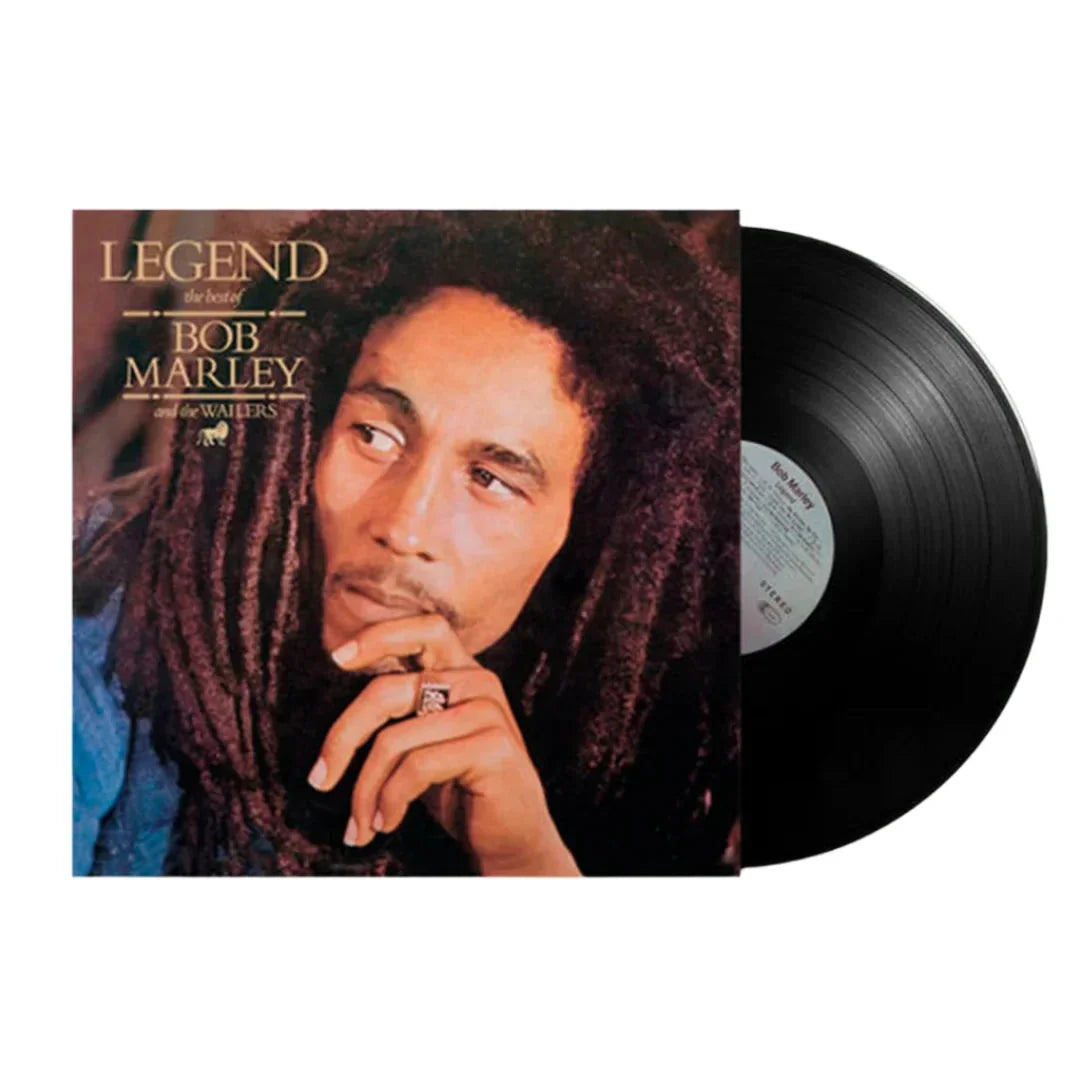
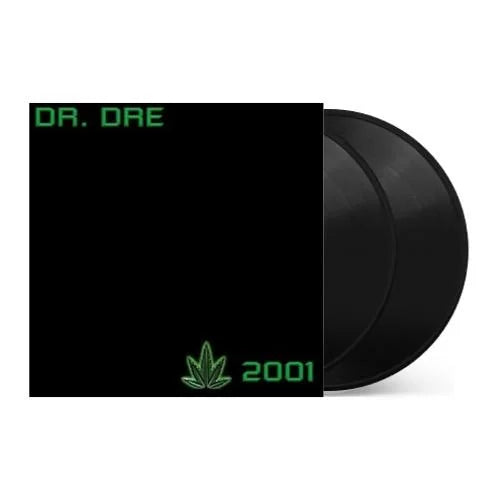
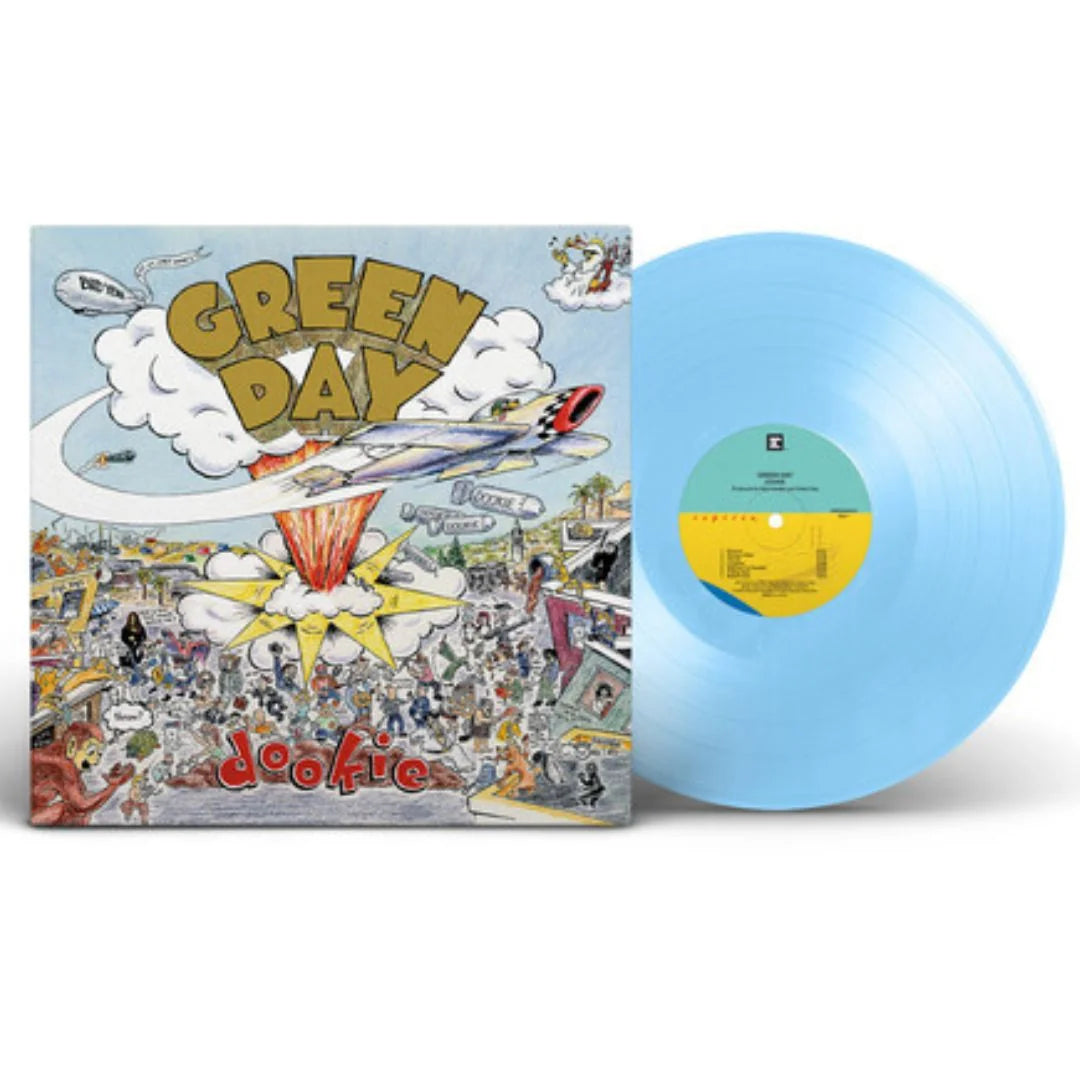
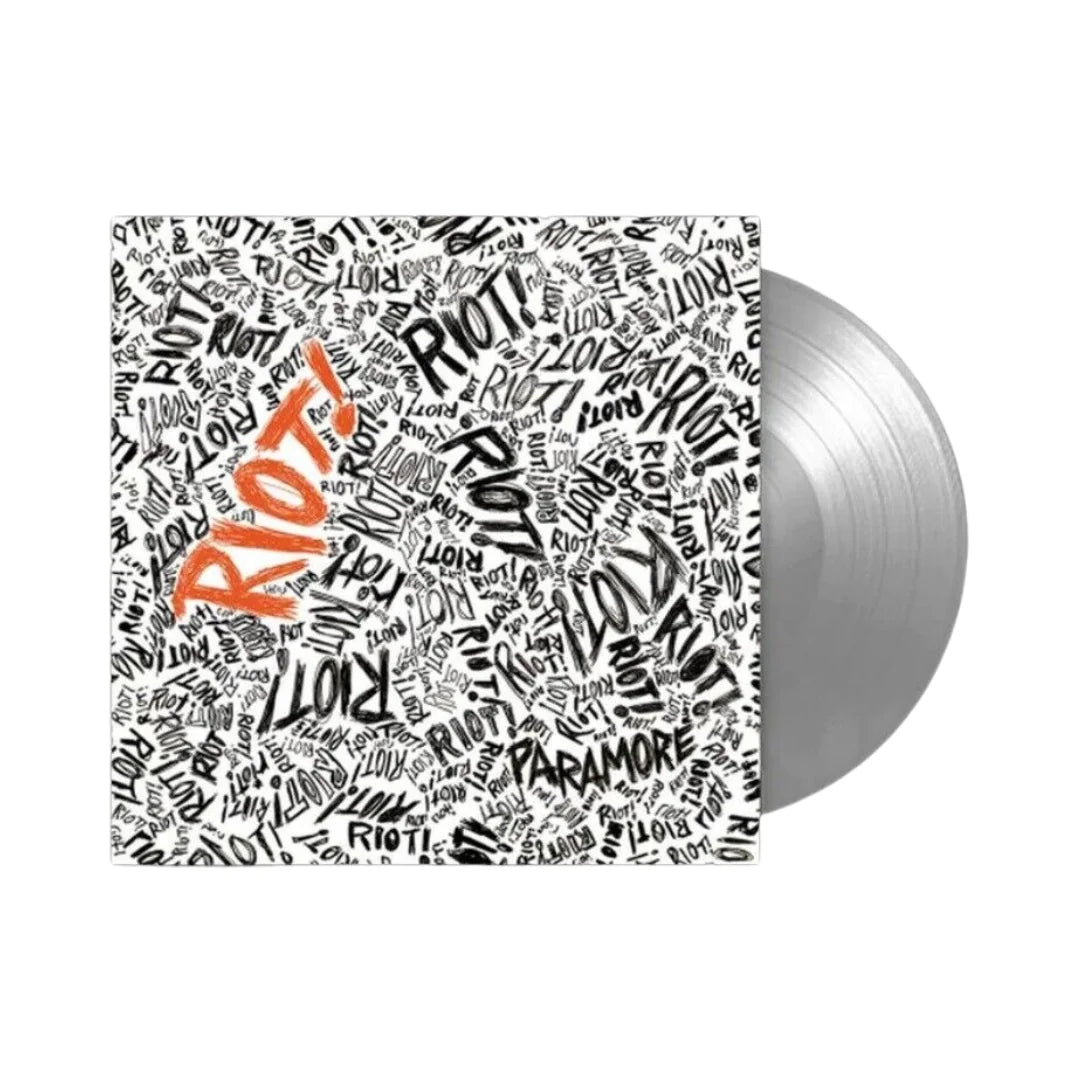
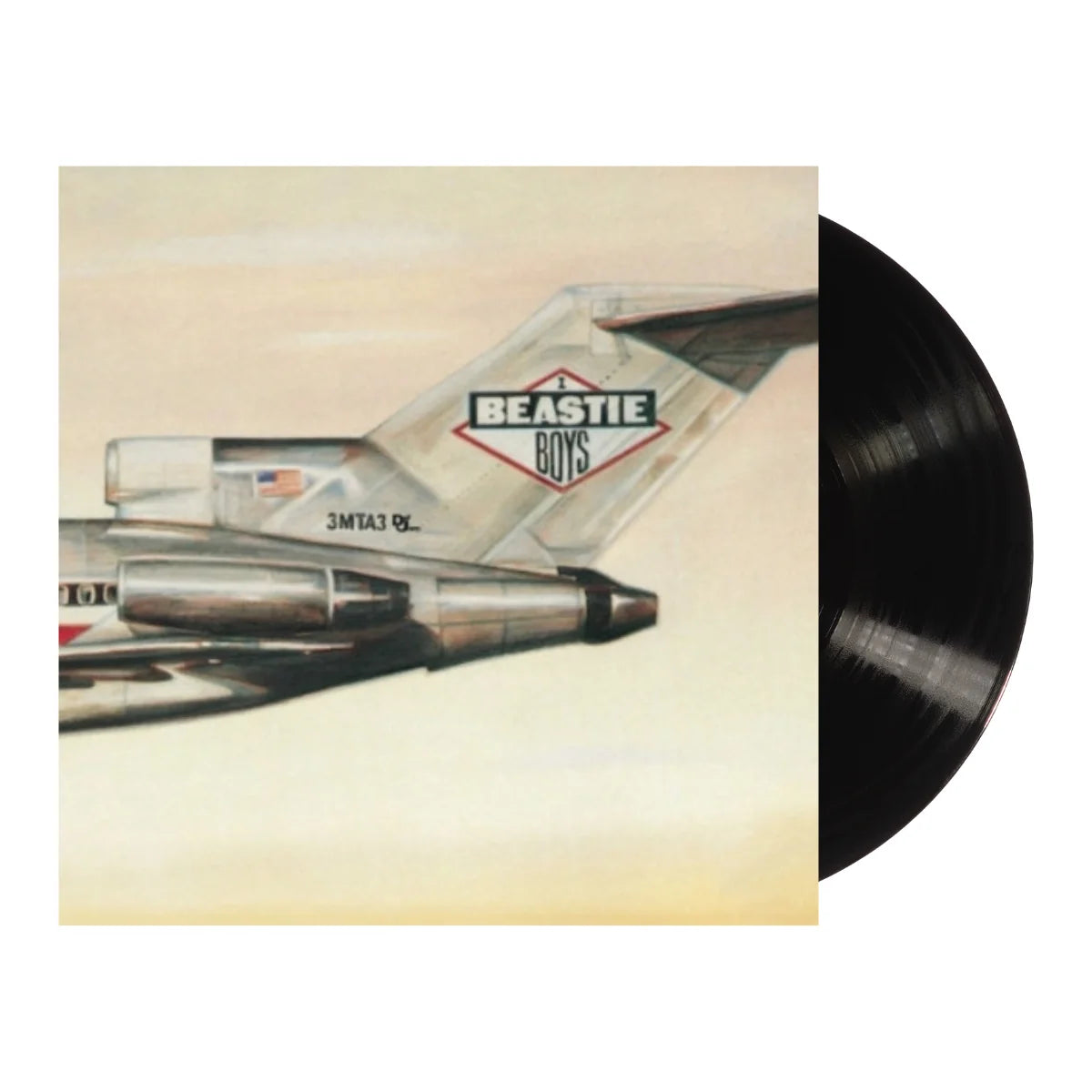
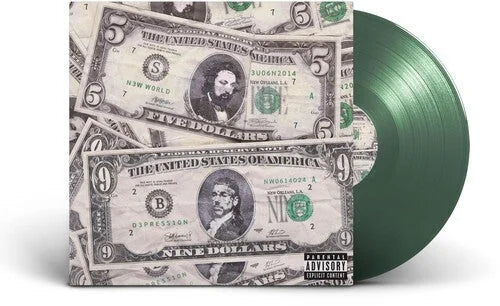
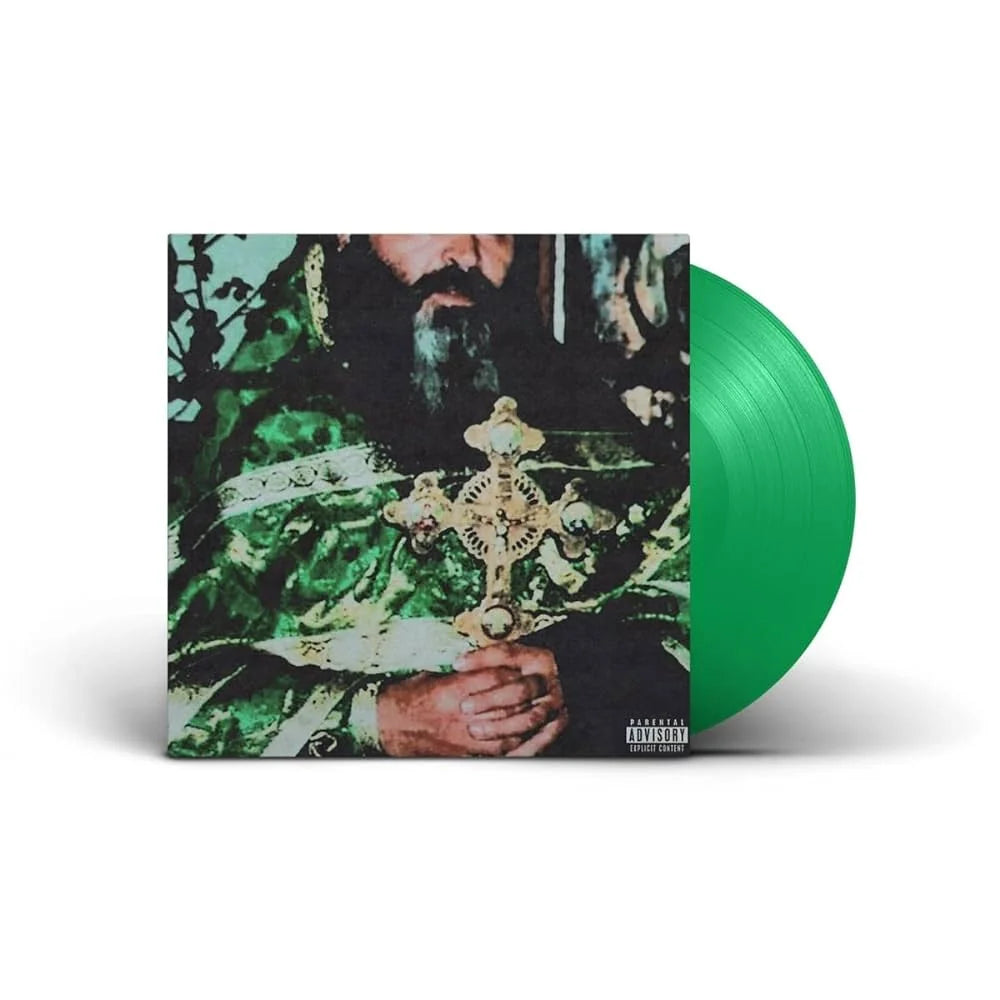
![$Uicideboy$ - Thy Kingdom Come [Clear]](http://vinyl.com/cdn/shop/files/4435583-3407920.jpg?v=1754460746&width=5760)
![(hed) p.e. - New And Improved [Pink]](http://vinyl.com/cdn/shop/files/4425252-3389420.jpg?v=1746578880&width=5760)
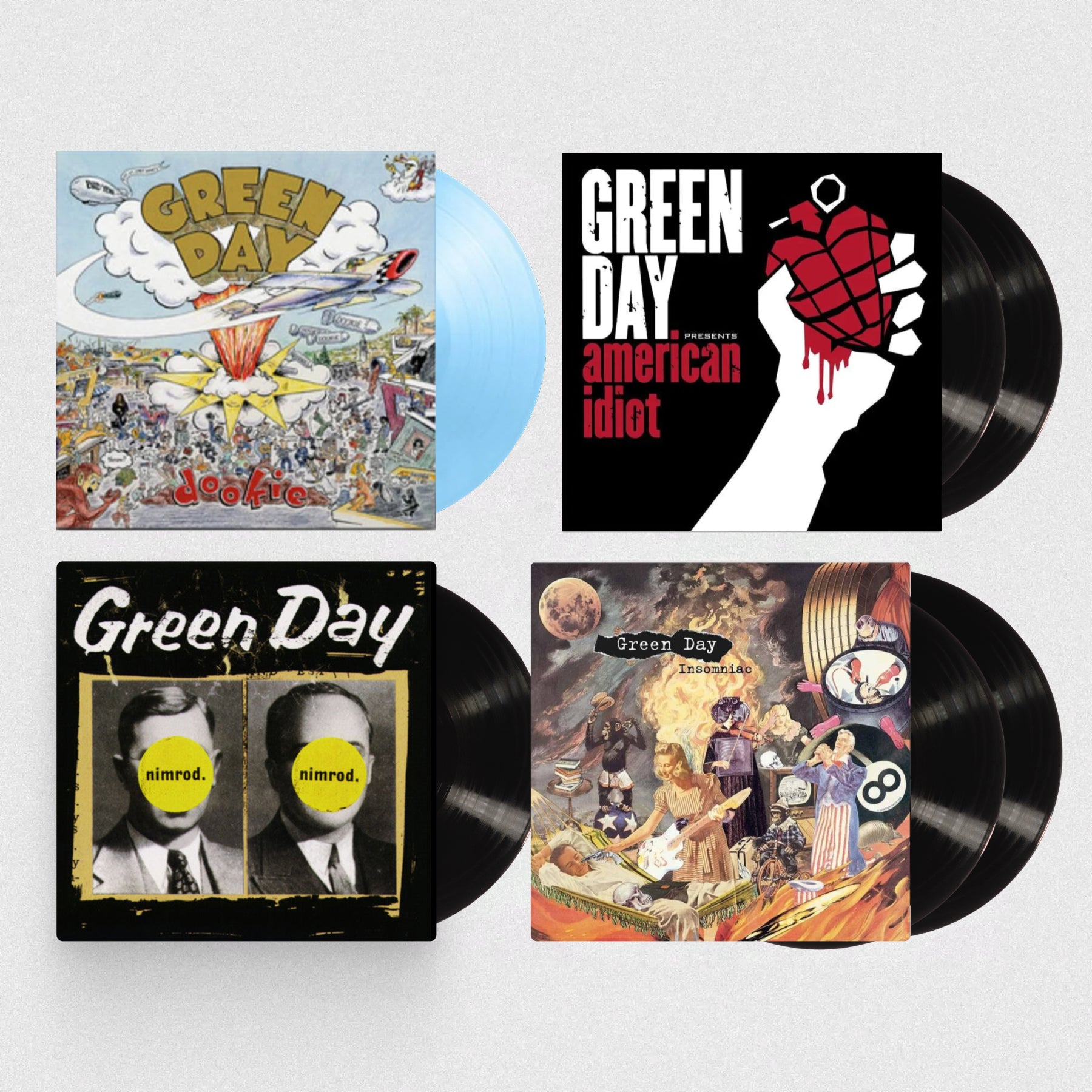
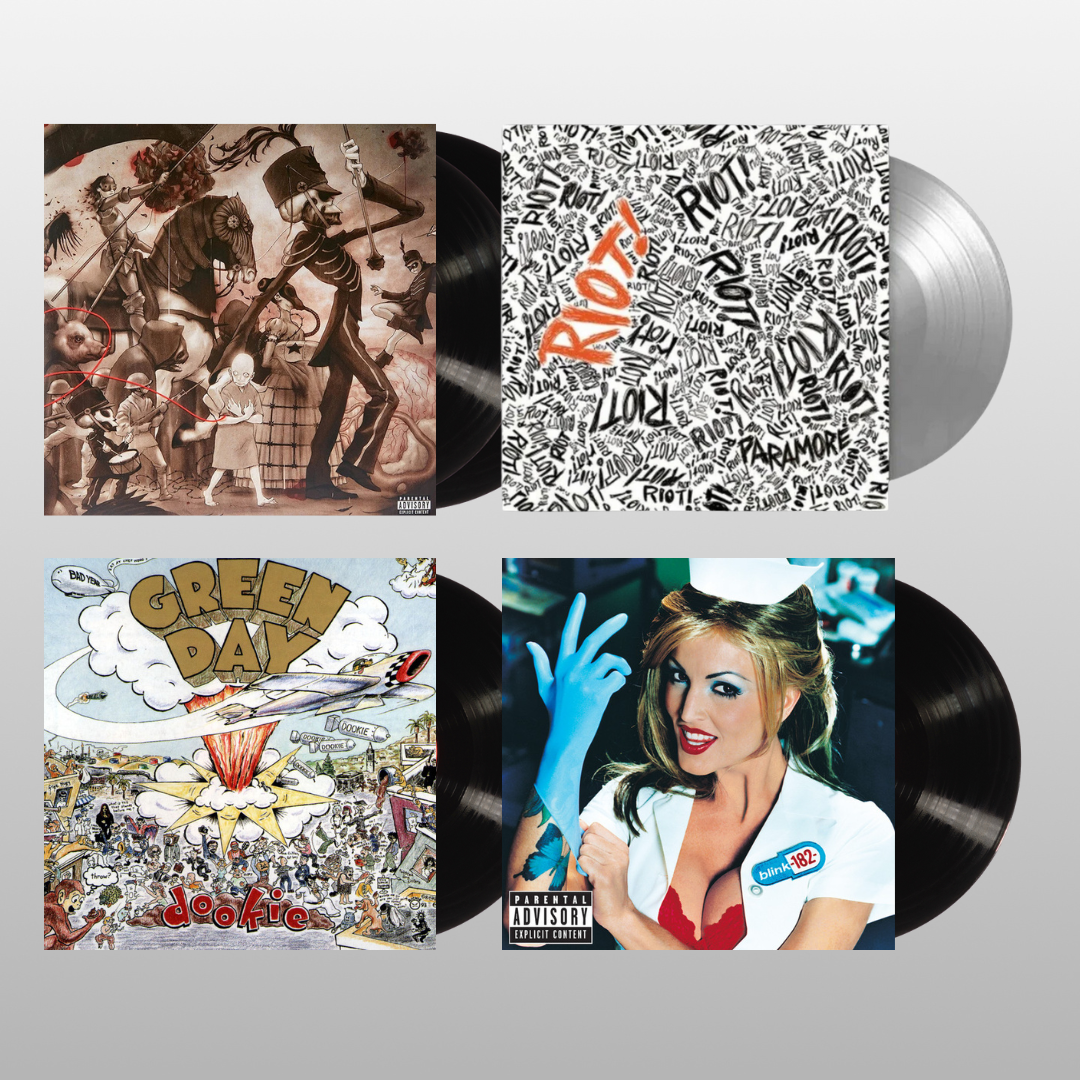
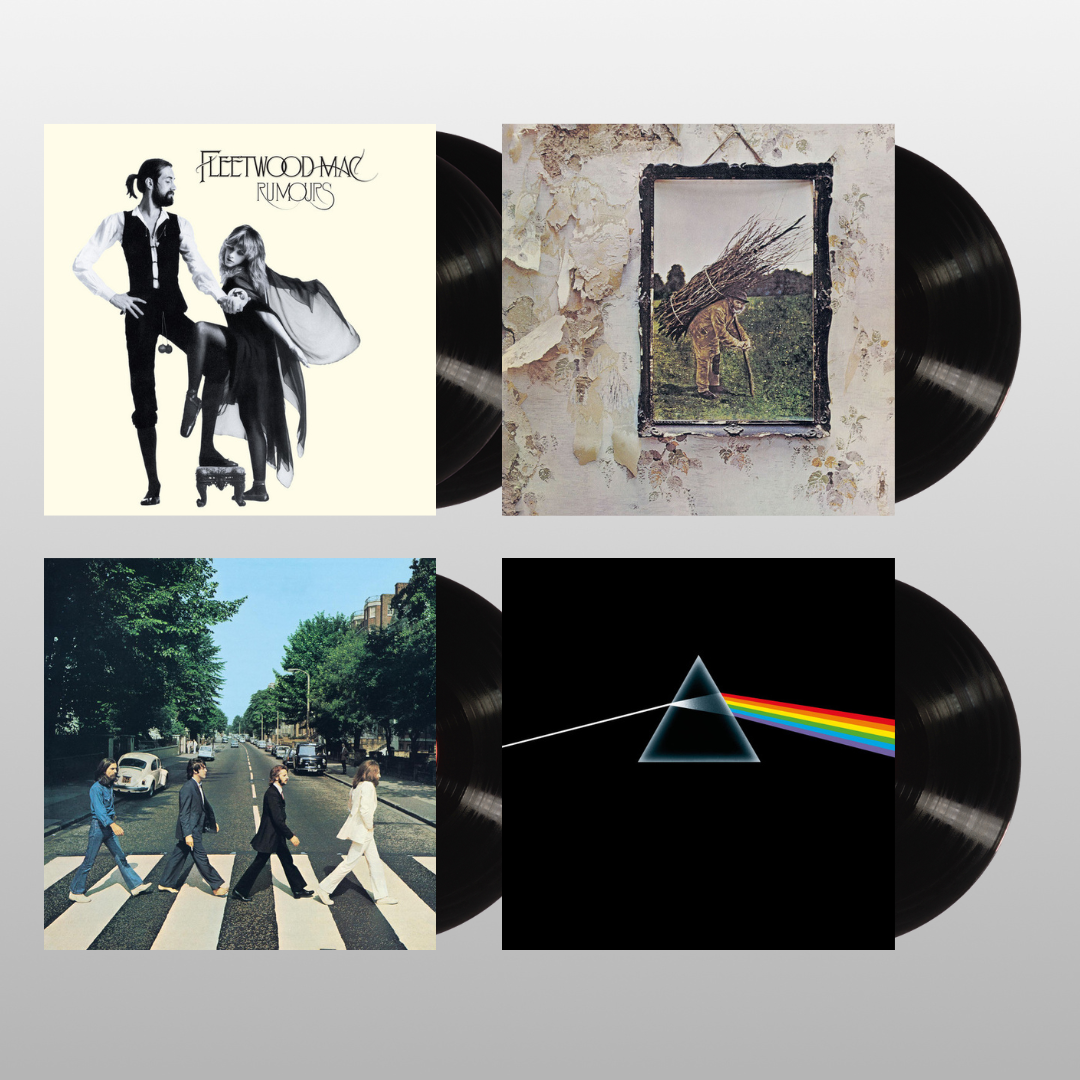
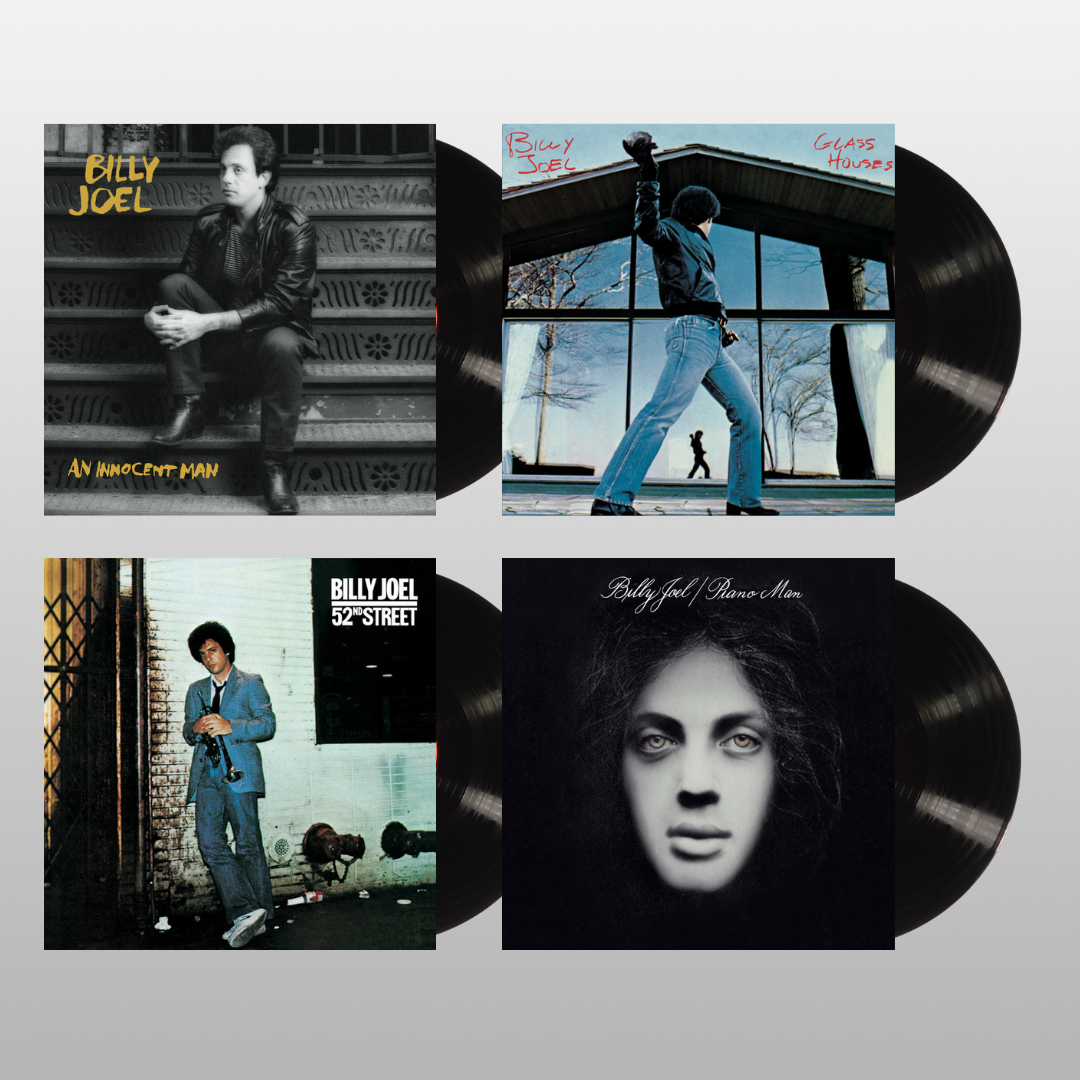
![The Grateful Dead - The Music Never Stopped [6LP Box Set]](http://vinyl.com/cdn/shop/files/The_Grateful_Dead-The_Music_Never_Stopped__6LP_Box_Set.jpg?v=1747729623&width=5760)
![Fleetwood Mac - Fleetwood Mac 1975 To 1987 [Clear 6LP Box Set]](http://vinyl.com/cdn/shop/files/2RHILP81833__61378.jpg?v=1743391443&width=5760)
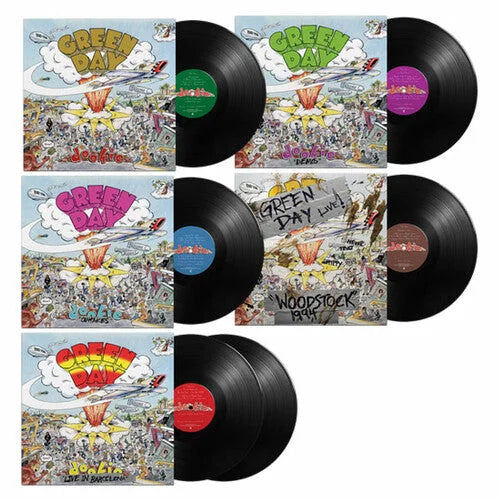
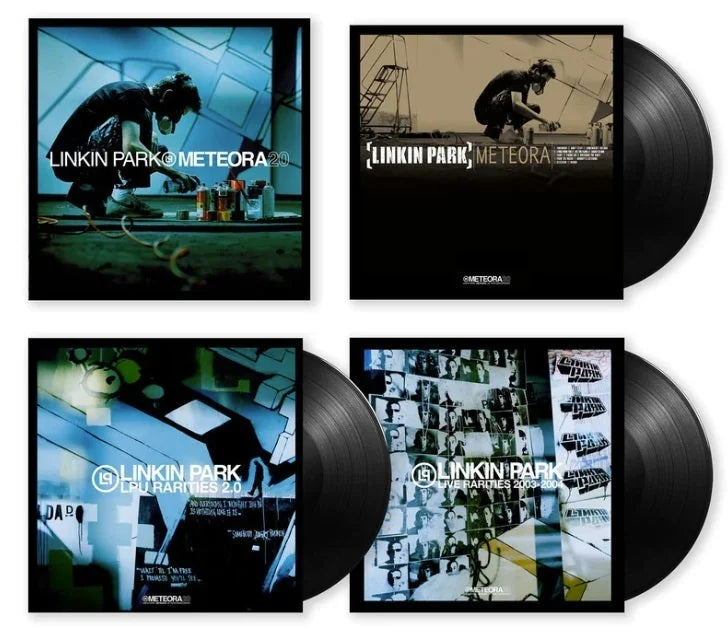


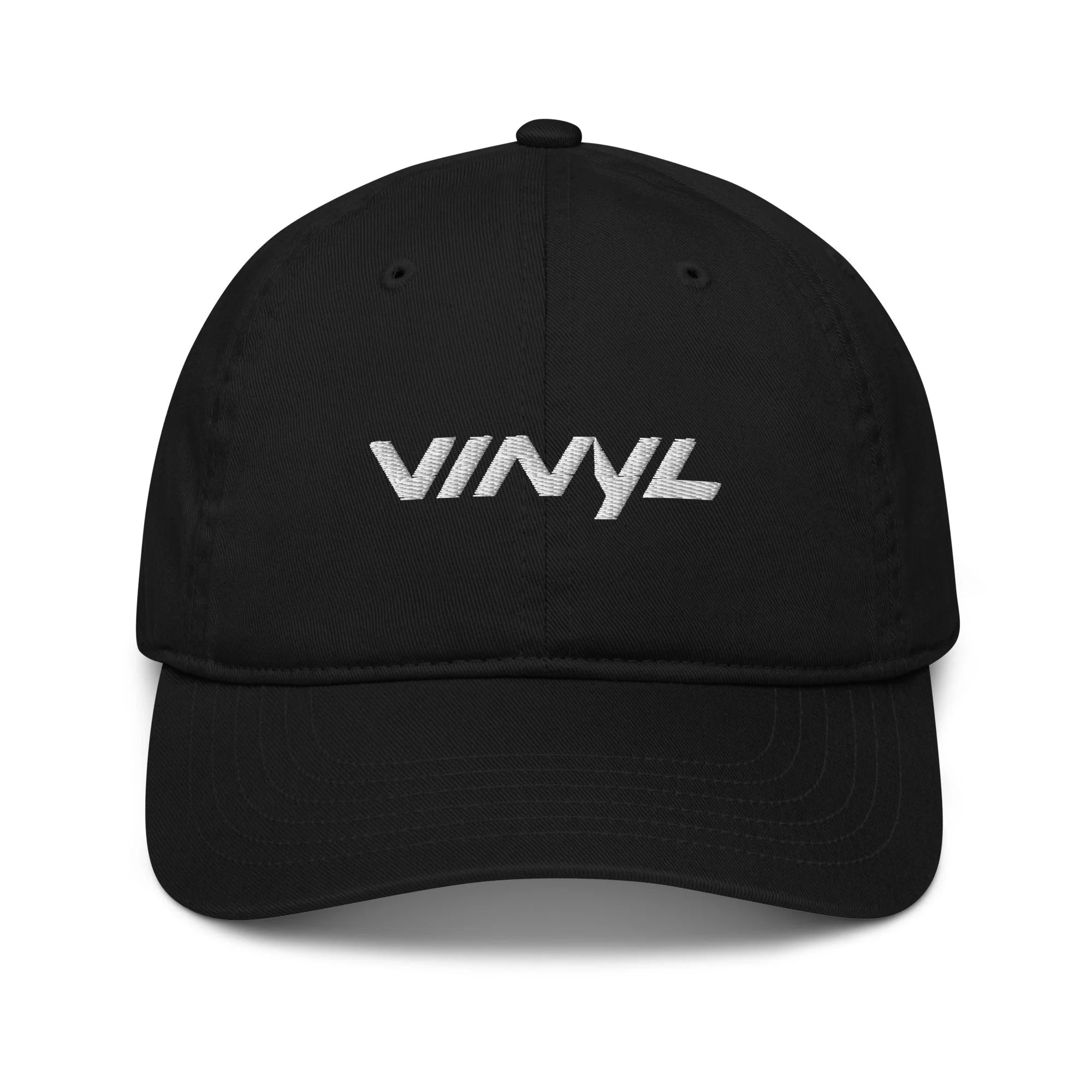

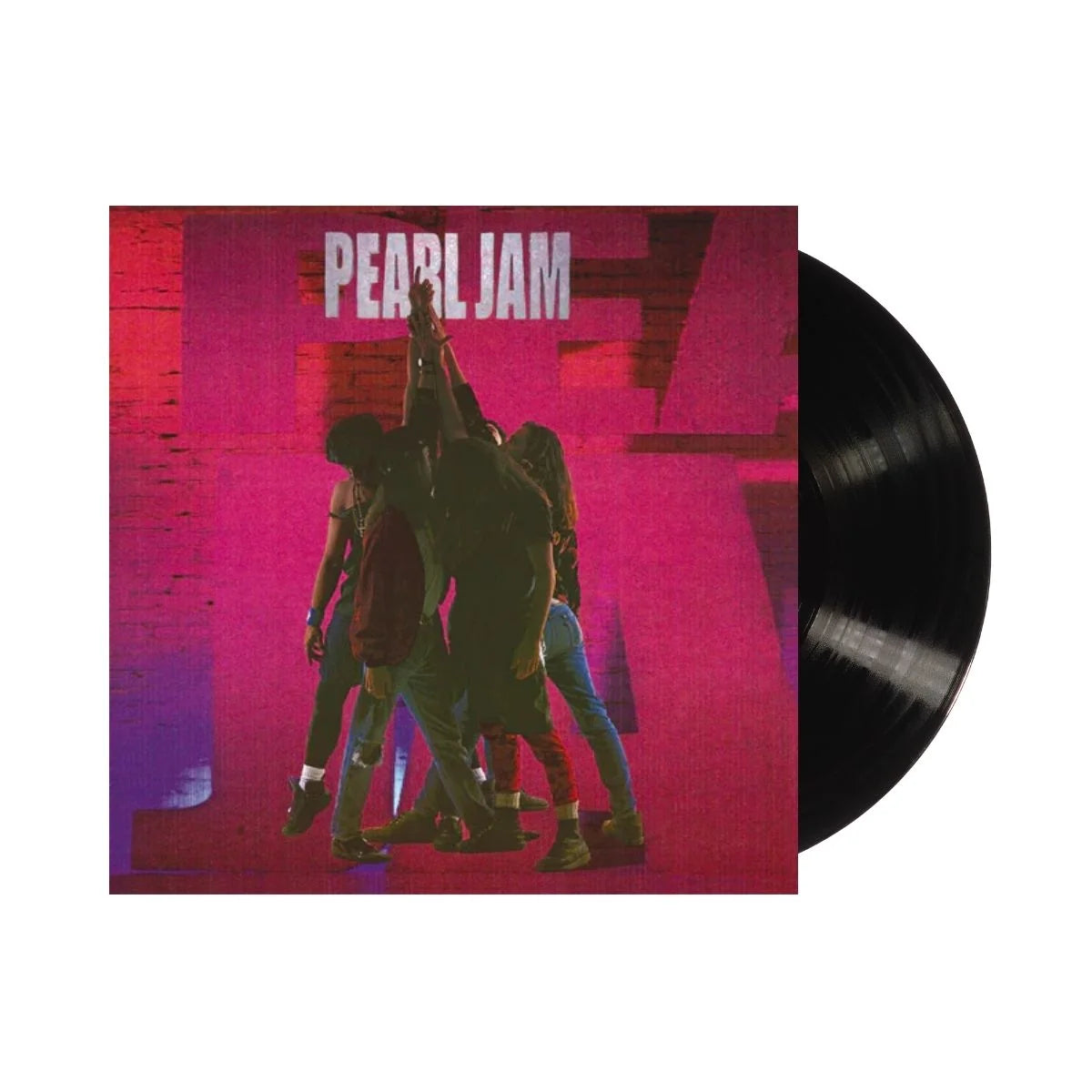
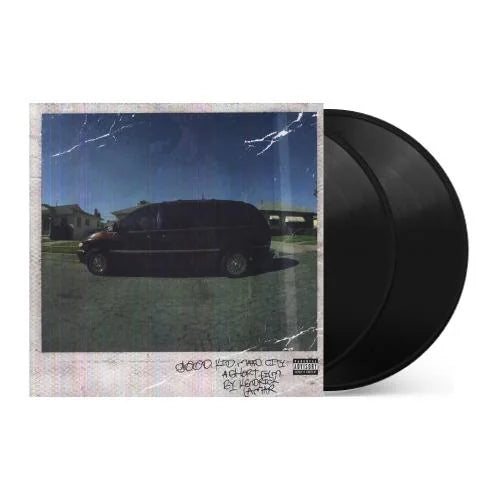
![Taylor Swift - 1989 (Taylor's Version) [2LP Crystal Skies Blue]](http://vinyl.com/cdn/shop/files/taylor_swift_1989_taylors_version.jpg?v=1734389117&width=5760)
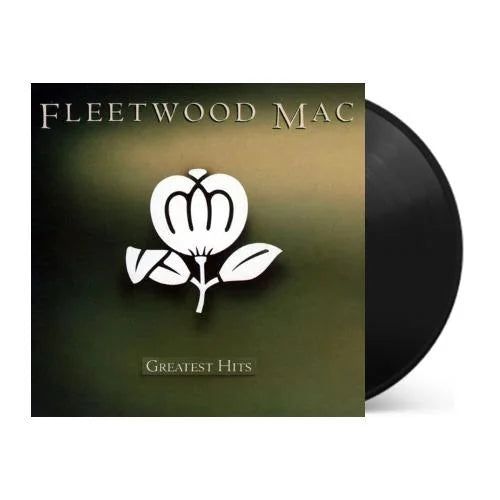
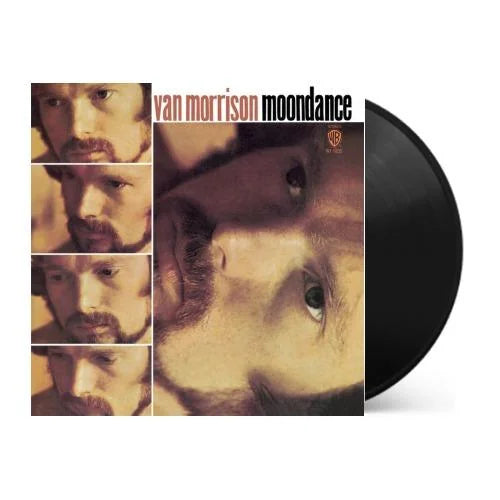
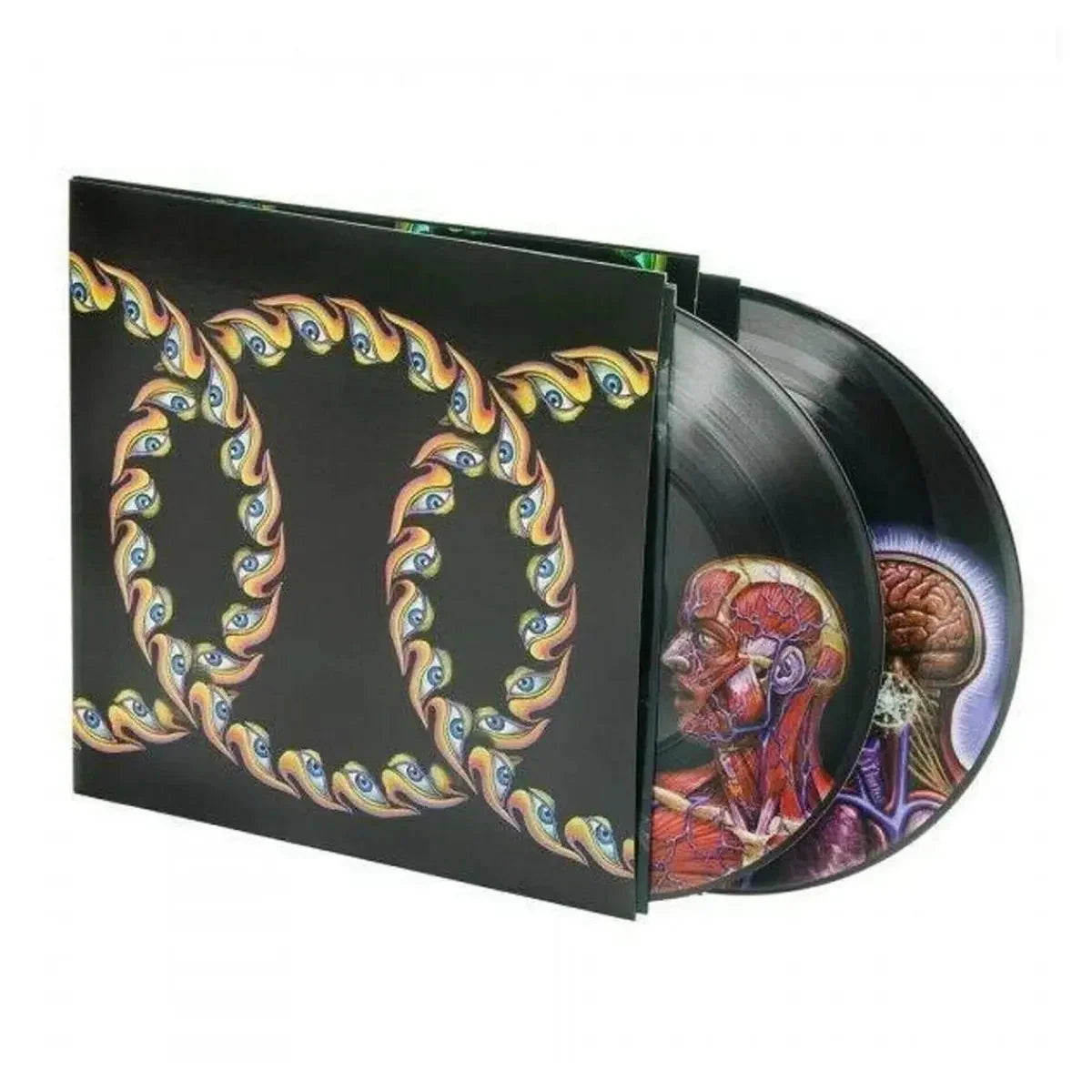
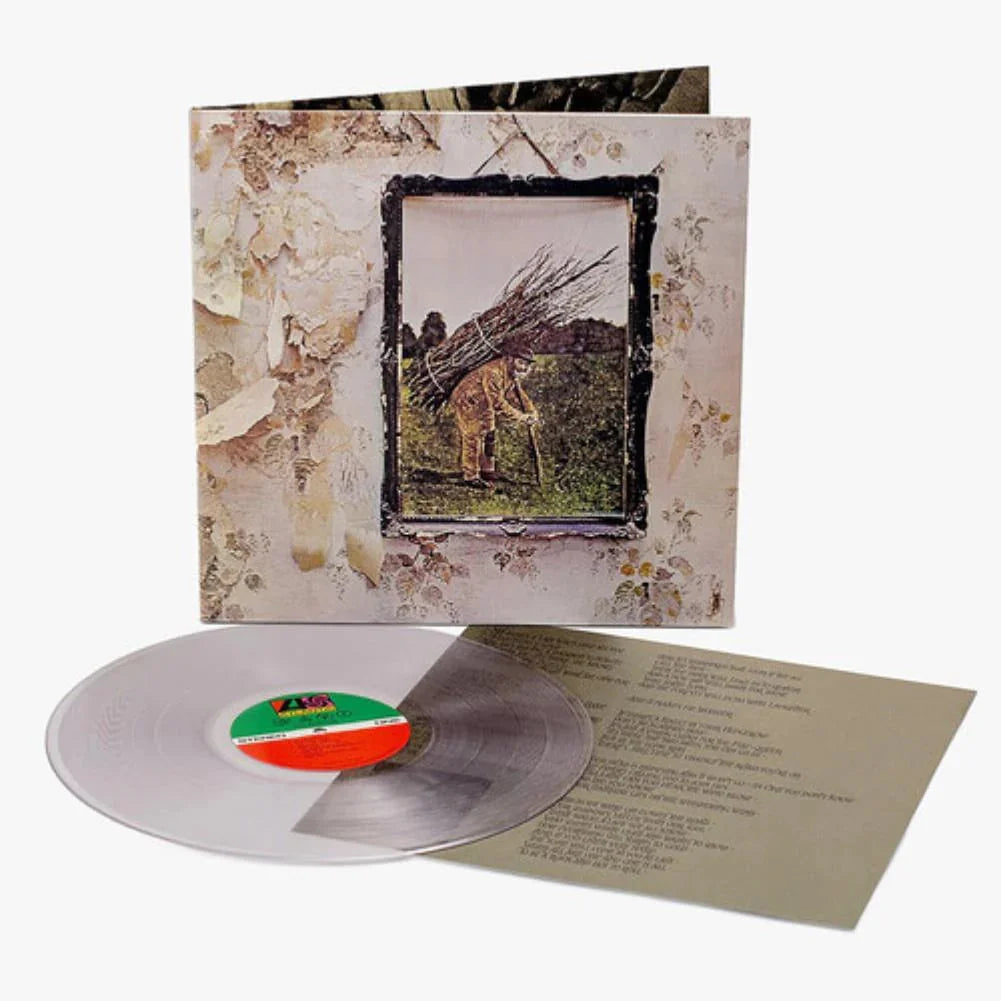
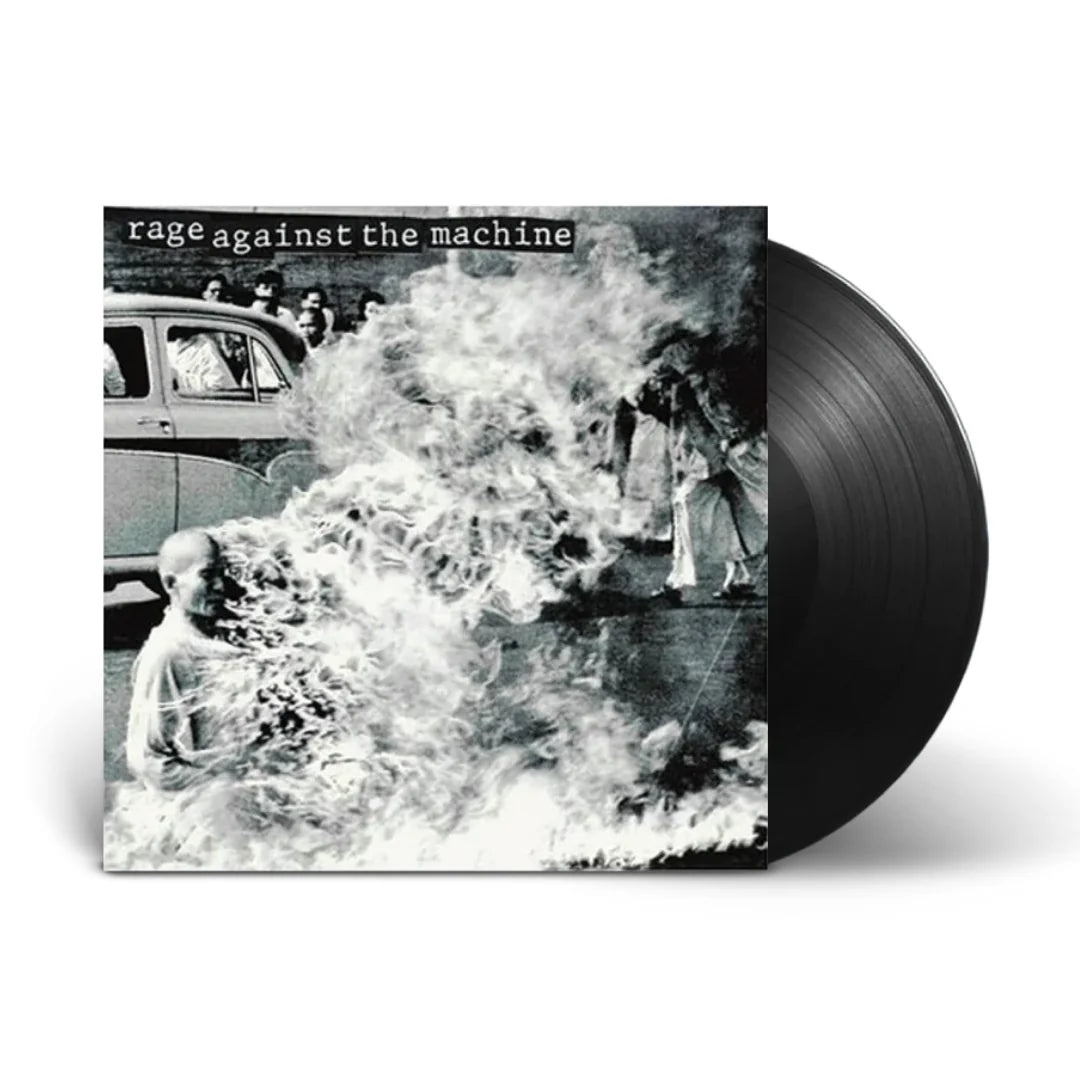
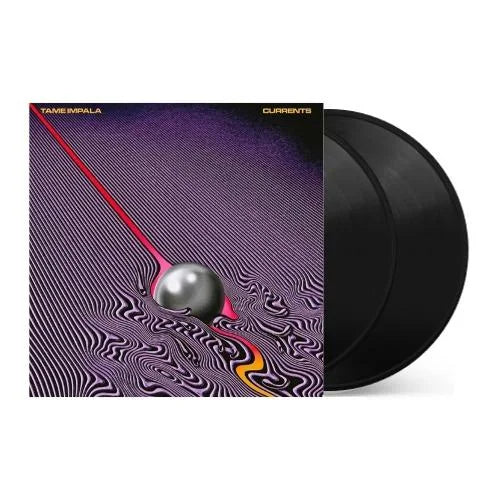
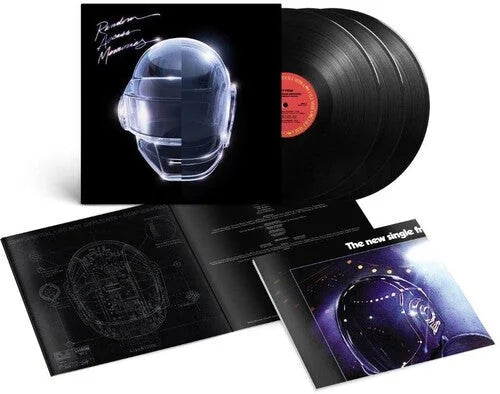
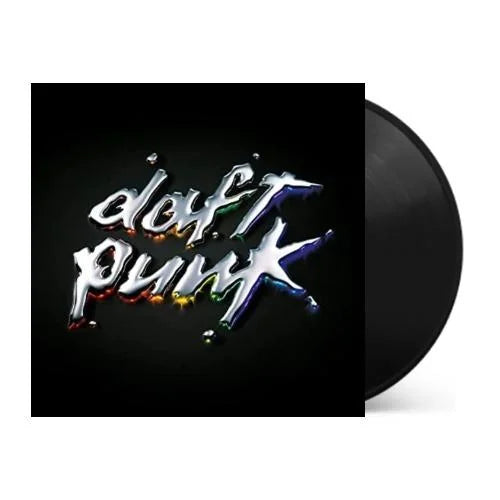

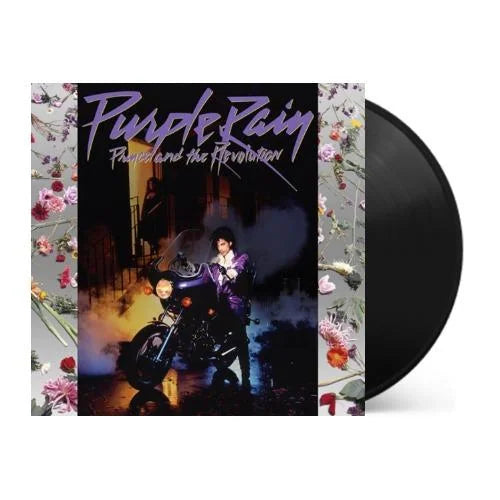

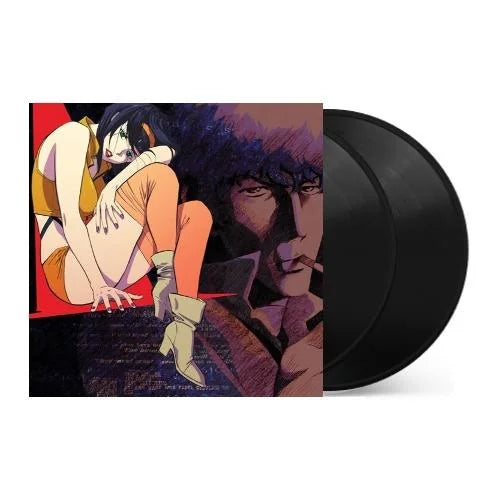
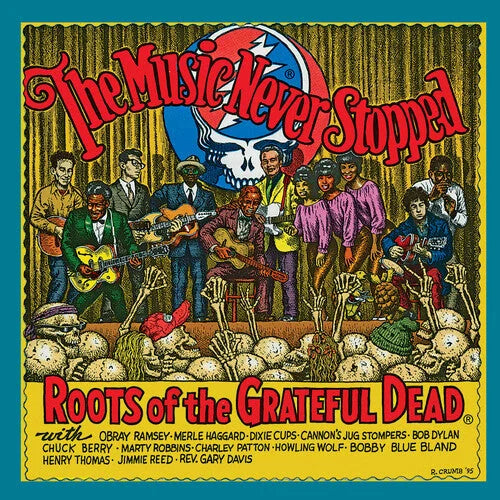
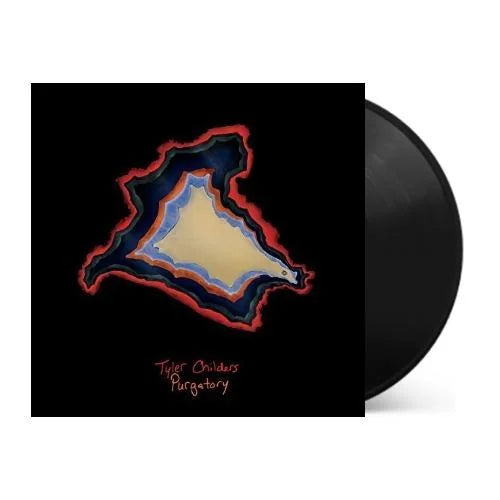
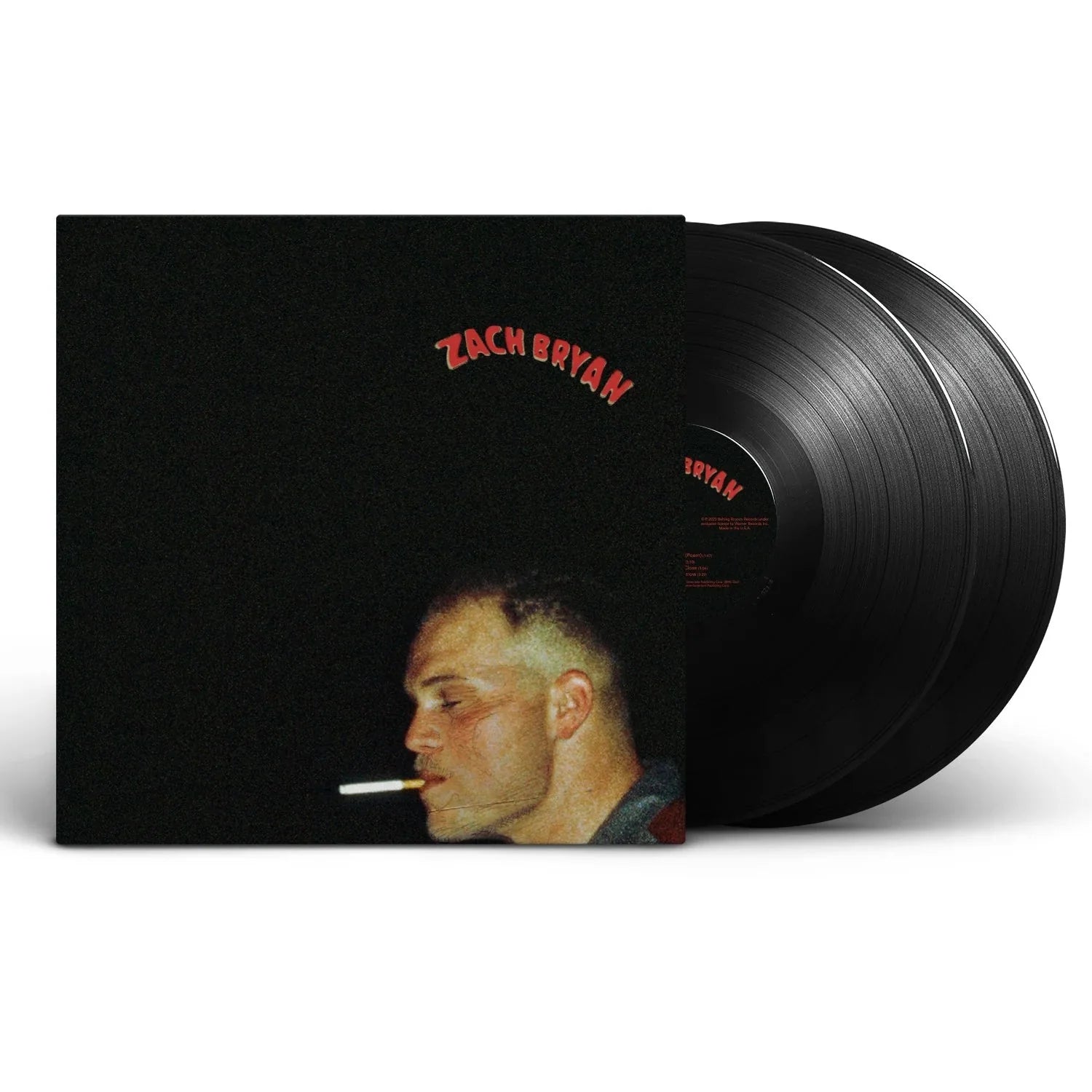
![Grace Jones - Nightclubbing [Gold]](http://vinyl.com/cdn/shop/files/4407705-3329230.jpg?v=1742429522&width=5760)

![Debbie Harry - KooKoo [2LP Clear]](http://vinyl.com/cdn/shop/files/4025259-2960387.jpg?v=1682465873&width=5760)
![Miles Davis - Kind of Blue [180-gram]](http://vinyl.com/cdn/shop/files/Y4LPMD03.webp?v=1742198237&width=5760)
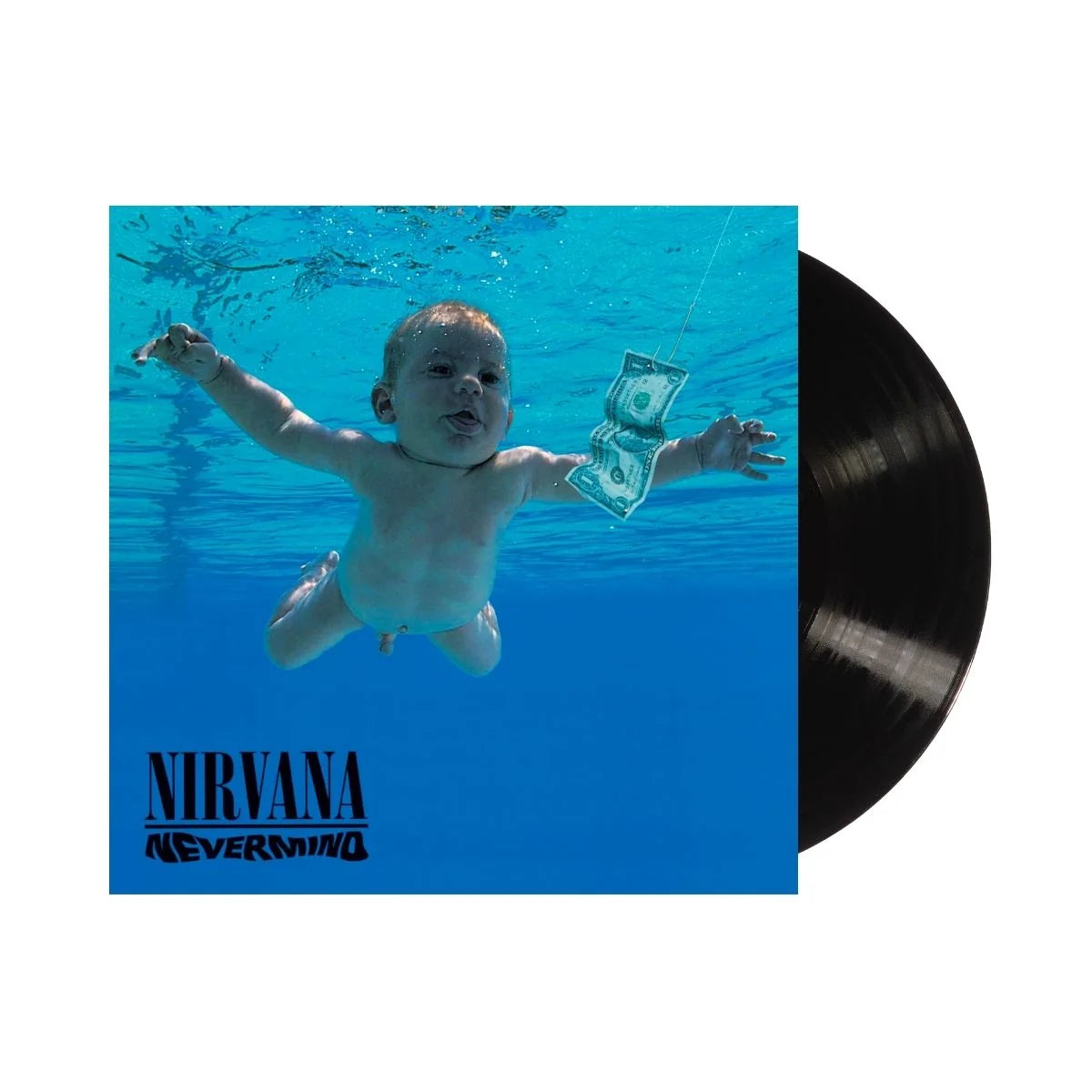
![Various Artists - Once Upon A Time: The Tarantino Sound [Red 180-Gram]](http://vinyl.com/cdn/shop/files/4376720-3283530.jpg?v=1733870948&width=5760)
